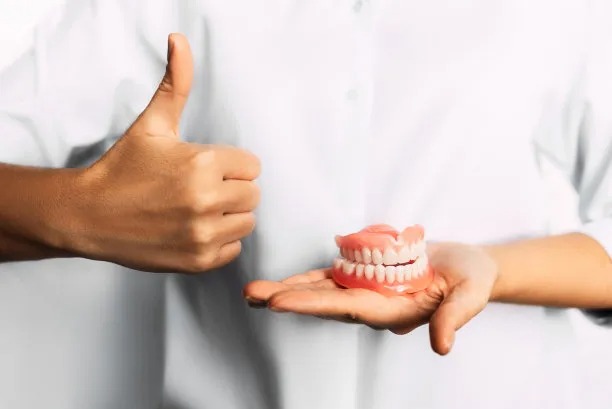The Importance of Proper Tooth Extraction Techniques for Better Oral Health and Recovery
Summary: Proper tooth extraction techniques are crucial for ensuring optimal oral health and promoting effective recovery. This article delves into the significance of these techniques, examining their impact on preventing complications, reducing pain, aiding recovery, and enhancing overall health. By understanding these aspects, both patients and dental professionals can appreciate the importance of skilled and systematic tooth extractions to facilitate better outcomes and minimize post-extraction issues.
1. Preventing Complications Through Skillful Techniques

Tooth extraction, if not performed correctly, can lead to a host of complications, including infections and prolonged bleeding. Proper techniques involve a comprehensive assessment of the patients oral health, ensuring that risk factors are accounted for. For instance, understanding the tooths root structure is essential, as a complex root system might require specialized tools and approaches for safe removal.
Furthermore, skillful techniques minimize the risk of damaging surrounding tissues. When a dentist takes careful measures to avoid adjacent teeth and gum tissue, the procedure becomes safer and reduces the likelihood of infections. Ensuring a sterile environment during the extraction process is also vital for preventing postoperative complications.
Moreover, good extraction techniques can decrease the chances of developing dry socket, a painful condition that can arise when the blood clot at the extraction site dislodges or dissolves. By making a clean extraction, the dentist sets up conditions for optimal healing and minimizes potential discomfort for the patient.
2. Reducing Pain: The Role of Technique
Patients often experience anxiety and fear surrounding tooth extractions due to anticipated pain. However, when performed using proper techniques, the level of discomfort during and after the procedure can be significantly reduced. Local anesthesia is commonly used, but the technique of administering it can influence the patients pain experience. Injecting the anesthetic slowly and systematically ensures that the patient remains as comfortable as possible.
Post-extraction pain management is also an integral aspect of reducing discomfort. Dentists proficient in the extraction process often provide comprehensive aftercare instructions that can mitigate pain effectively. Using techniques that ensure minimal trauma to the tissues can also lead to a more comfortable recovery.
Additionally, successful pain management during the extraction can create a positive experience for the patient, fostering a willingness for future dental visits and establishing trust in dental care. This supportive environment encourages patients to prioritize their oral health further.
3. Aiding Recovery with Expert Techniques
The recovery period following a tooth extraction is vital for healing and healing well. Utilizing proper extraction techniques plays a huge role in how quickly and effectively a patient recovers. For example, performing the extraction with minimal interference ensures less trauma and a better healing environment for the gum tissue.
Moreover, dentists who take the time to ensure all remnants of the tooth are completely removed help prevent complications, such as infection and prolonged recovery times. Comprehensive care doesnt end once the tooth is out; it’s about how the extraction supports the bodys natural healing processes.
Furthermore, careful gauging of the extraction site and following up on healing progress can be critical in facilitating a smooth recovery. Regular post-operative check-ups allow dental professionals to monitor the area and respond swiftly to any complications should they arise.
4. Enhancing Overall Oral Health Outcomes
Proper tooth extraction techniques influence not just individual recoveries but also contribute to the overall oral health of patients. When extractions are done correctly, it paves the way for successful dental restorations and implants in the future, should those be necessary. It creates a healthier baseline for future dental interventions.
A well-executed extraction can also help prevent complications with the surrounding teeth. For example, if an infected tooth is properly removed, it can safeguard adjacent teeth from potential decay, thereby maintaining the integrity of the overall dental structure.
Lastly, enhancing overall oral health goes beyond the physical aspects. It can greatly influence a patient’s emotional and mental well-being. A successful outcome can boost a patients confidence in their dental care provider, encouraging them to seek regular dental check-ups and prioritize oral hygiene.
Summary:
Understanding the importance of proper tooth extraction techniques highlights the critical role they play in patient care. By preventing complications, reducing pain, aiding recovery, and enhancing overall health outcomes, skilled dental professionals can ensure a positive experience for their patients. This comprehensive approach not only promotes healing but also fosters a trusting relationship between patients and their healthcare providers.
This article is compiled by Vickong Dental and the content is for reference only.


